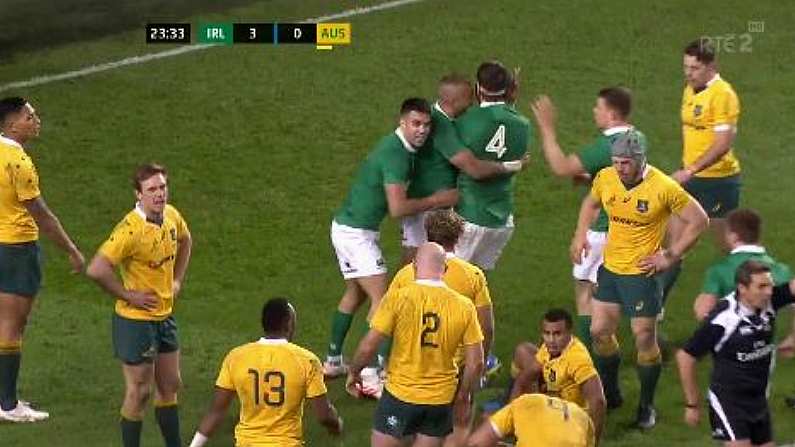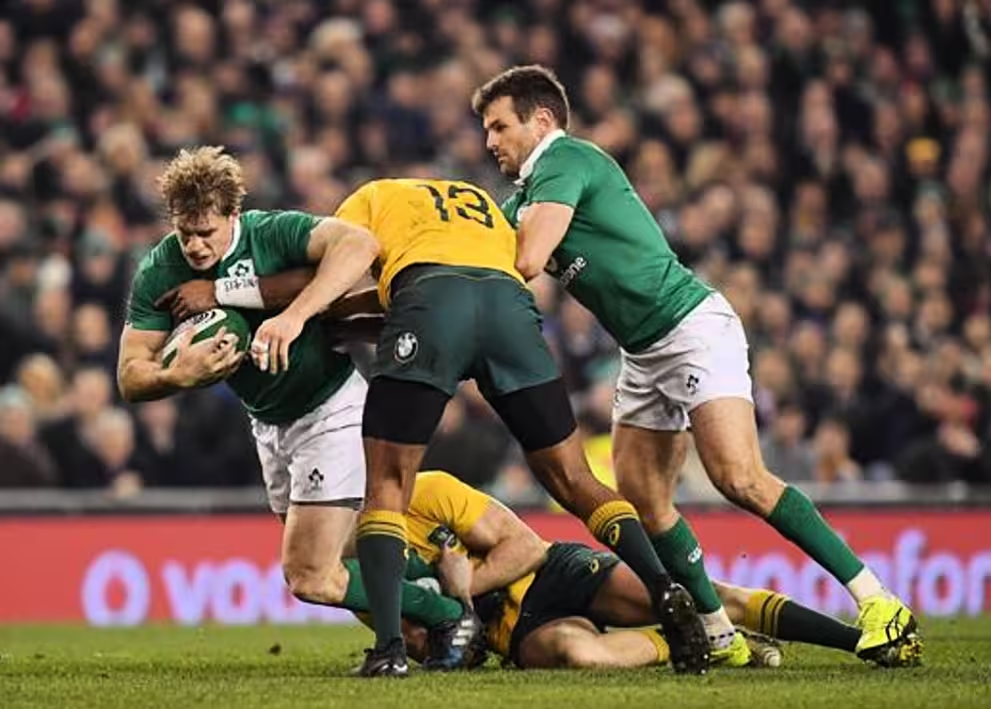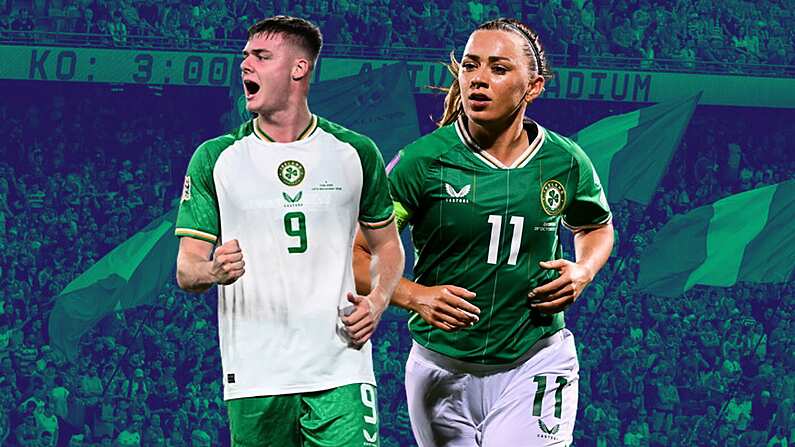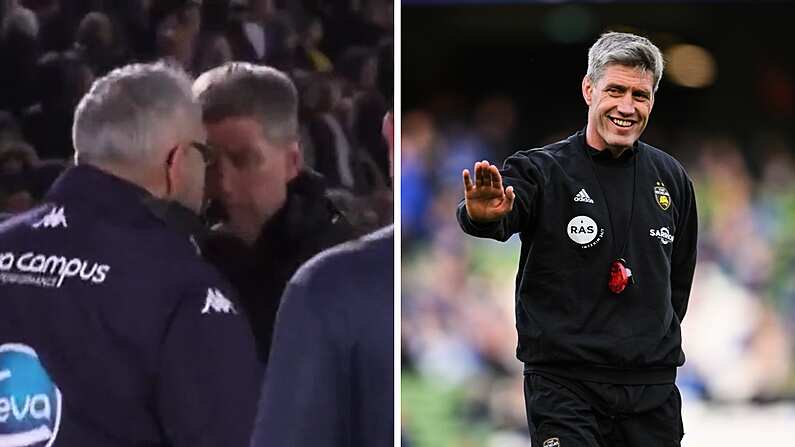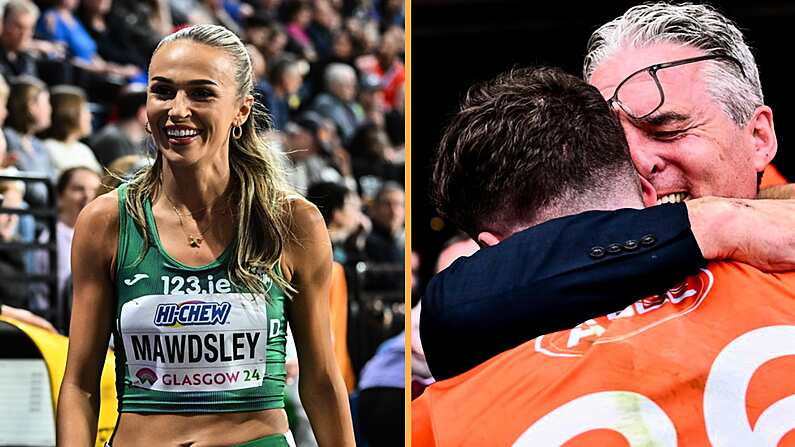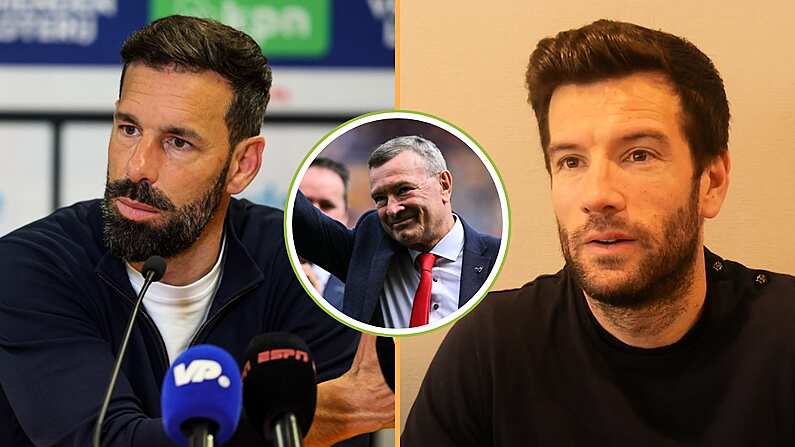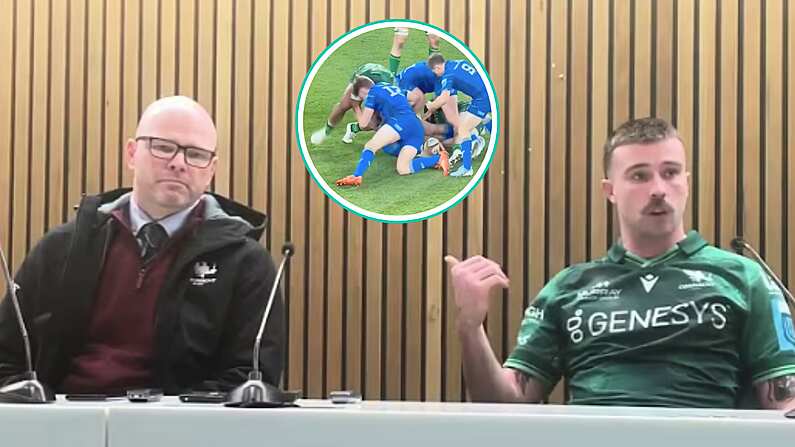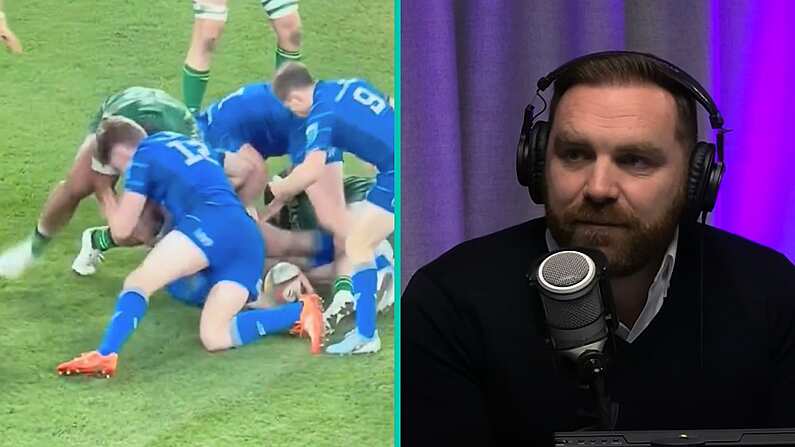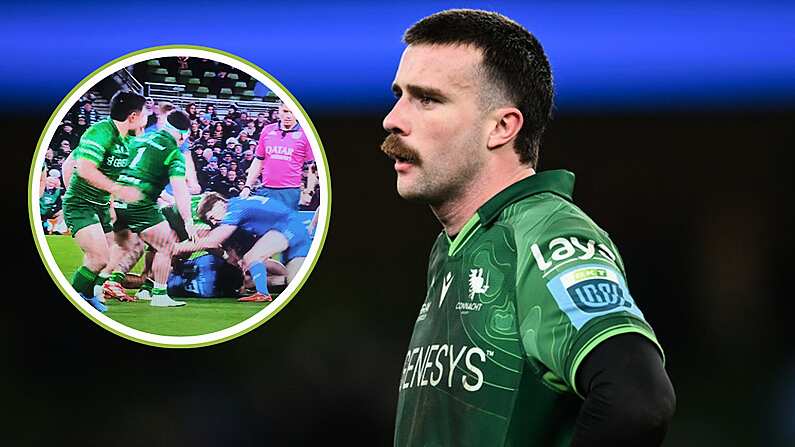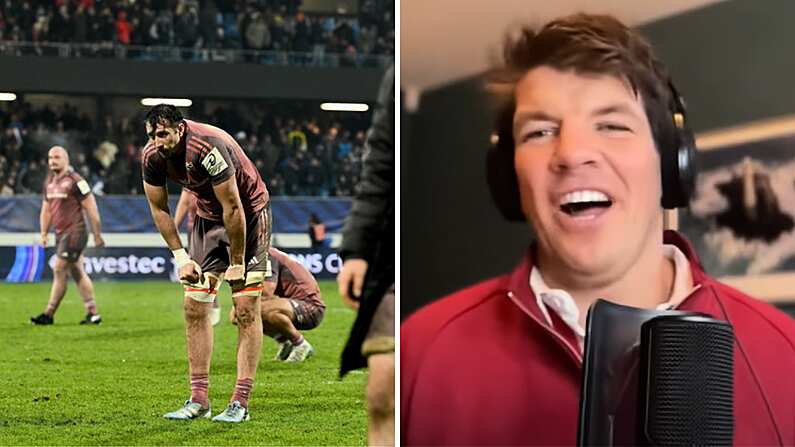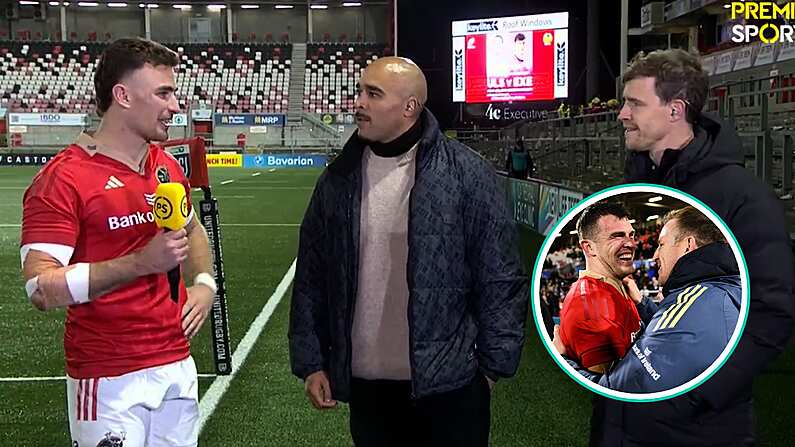An absolutely massive victory for Ireland. The New Zealand win in Chicago will without doubt be the memory etched into the rugby public’s minds after this November series, but the heart, guts and determination Ireland showed to cling on against Australia was totemic in its commitment.
Ireland were at their very best in taking a 17-0 lead against the Wallabies: efficient in defence and ruthless in attack. But the injury toll of Rob Kearney, Andrew Trimble and Jared Payne changed the entire momentum of the game with the home side having to reshuffle the back line to read 9 Murray 10 Jackson 11 Zebo 12 Ringrose 13 Earls 14 Marmion 15 Carberry. That’s five out of seven players out of position or shifted to new positions during the tie. From half-time to the 61st minute they were at sea and slumped to 24-20 behind as they were sucked in around the fringes and Australia exploited the gaps.
To be able to readdress this, and in turn change the entire momentum of the game, was startling. It showed a change of tack and plan as Ireland trucked up the middle; exactly the kind of change of style Ireland failed to deliver in the World Cup quarter-final defeat to Argentina. It showed growth from that defeat just over a year ago.
What is Ireland’s best backline?
Over the course of the last four Tests there has been an opportunity to learn much about what Ireland’s best back-line might be.
Jared Payne’s defensive ability at 13 has been one of the most notable elements of Ireland’s game this month, but the position does stymie him in attack. Joe Schmidt is likely to keep him at 13 in the immediate future for the defensive certainty he lends but there may come a time quite soon where he will be adopted at 15 regularly.
One of the main reasons for this move would be that it will ensure that Garry Ringrose can be accommodated in the XV. The 21-year-old Blackrock College man has been every bit as good for Ireland so far as he has been at provincial level for Leinster. Combining him with Robbie Henshaw in midfield seems to be the best centre-pairing Ireland can put together in attack. Payne joining the line at third centre is surely Ireland’s best chance of becoming a truly feared side going forward.
Simon Zebo magic
The days of questioning Simon Zebo’s inclusion in this team are over. He is essential to Ireland’s ability to hurt sides and bring an element of unpredictability to their game. His grubber kick for Earls’ try today, and also his jinking runs in attack underlined that.
His tackle game has been questioned in the past and highlighted as his weakness. This can no longer be the case, he has put in the hard yards in this area – and at the breakdown – and has solidified his role as a dependable of the defence.
Head tackles and discipline in the game
Discipline - or a lack thereof – has been a notable element of the November internationals this year. The New Zealand right-on-the-limit performance in the tackle in Dublin; the England-Argentina game which saw two red cards and four yellow cards; and a general rugby-world community discussion over how to make this game safe for those that take part has become a central issue this November. Dean Mumm and Bernard Foley’s yellow cards for tip tackles at the Aviva on Saturday showed a perfect execution of discipline by Jerome Garces. Both tackles were beyond the vertical, but the players being tackled were controlled as they were brought to ground.
A firm dictum from World Rugby over what sanctions are to be imposed for tackles to the head need to be imposed. The tip tackle is now clear, head tackles are the next element of the game that need to be addressed.
The tougher sanctions on head tackles will come into effect next January and it’s crucial that they are implemented; the view of how safe a game rugby is depends on it.
Trimble’s role for Ireland
Ulster winger Andrew Trimble gave everything in defence against Julian Savea in both Tests against New Zealand and looked the definition of solid at the back.
It’s hard to fault the Ulster man given that contribution, and an outing against Australia curtailed by another foot injury. The question is whether at 32-years-old has enough in the tank, and pace, to give Ireland the attack platform they need going forward.
With Simon Zebo, Keith Earls, Craig Gilroy, Darren Sweetnam and Niyi Adeolokun all nipping at his heels, there is a question over how long Trimble has left as first-choice. He has proven everyone wrong over the years, as he has come back from injury and poor form. How much longer can he hold onto that 14 jersey will be fascinating to observe.
The O’Mahony comeback
It was a cameo that proved so much. In 19 minutes on the field against the Wallabies, O’Mahony reasserted himself as a force to be reckoned with. A huge carry and turnover marked this man down as one that has so much to give Ireland over the next two World Cup cycles.
Having a player of his calibre on the bench adds an impact that cannot be underestimated. The main problem for Joe Schmidt now is who to accommodate in the back row: CJ Stander, Peter O’Mahony, Josh van der Flier, Sean O’Brien, Tommy O’Donnell, Rhys Ruddock, Jamie Heaslip are all in the mix. Arguably Ireland have more strength in depth in this area than any other nation.
Paddy Jackson
Ireland need to ensure they can implement their gameplan in the absence of Johnny Sexton and to that end his absence was in a way a good thing against Australia as Schmidt was forced to expand his hand.
If Ian Madigan had chosen to stay at Leinster you’d have to think he would still be second-choice No 10, but he’s gone to the financially rewarding world of Top 14 rugby and Jackson has begun to make the role his own. His kicking out of hand still needs work and Joey Carberry does offer something extraordinary in attack but Jackson’s all-round game showed enough against the Wallabies to prove he is going in the right direction.

